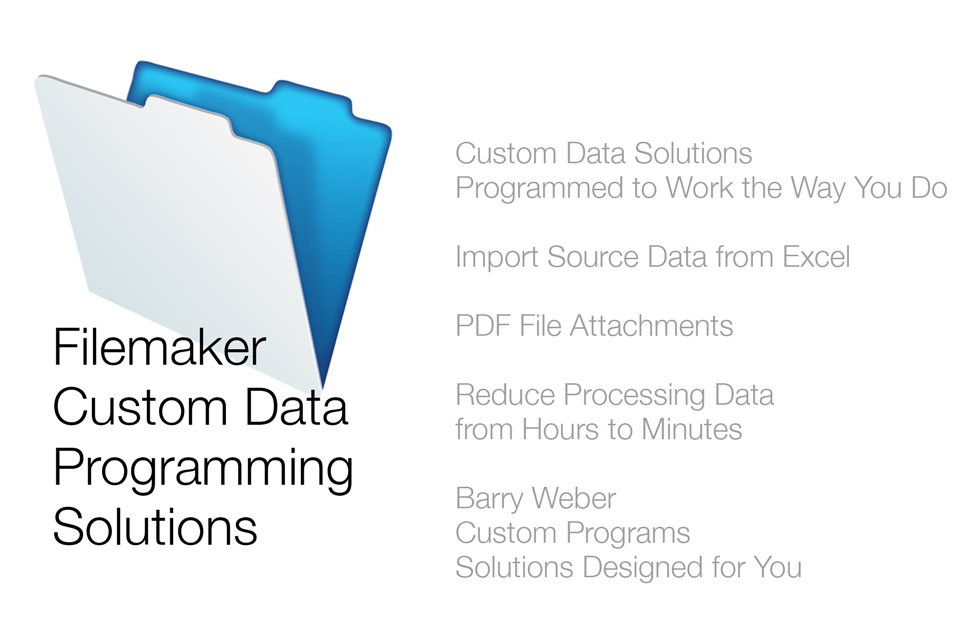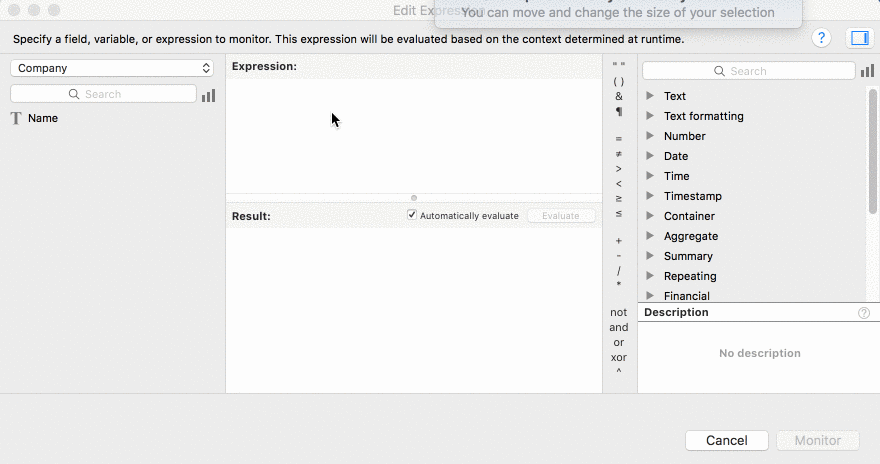

Producing Reports and Summaries - FileMaker Pro offers a step-by-step automated reporting tool. There is also an extremely diverse and active international FileMaker developer community. A wide spectrum of organizations use FileMaker Pro, including: The software is known for its flexibility and ease of use. It's possible to connect FileMaker to these other database systems by using a RESTful API called Claris Connect.įileMaker Pro is designed for collecting, sorting, and analyzing data. In the technology marketplace, FileMaker's competitors include MySQL, Libre Office Space and Zoho. Data in one table can be linked to data in other tables and multiple views for each table can easily be created, saved and shared. Kevin Frank at FileMaker Hacks has some good recent articles about virtual list techniques if you're interested.FileMaker Pro is a cross-platform relational database application that is currently being marketed as a low-code/no-code ( LCNC) database management system ( DBMS) and rapid application development ( RAD) software development tool.ĭata can be easily exported and imported to and from FileMaker Pro, and the graphical user interface ( GUI) is designed to help non-technical line of business (LOB) professionals easily search, filter and sort specific data sets.Įach file in a FileMaker Pro database can consist of multiple tables, layouts, fields, menu sets, scripts, functions, logical relationships, calculations and embedded multimedia objects. A lot of people, myself included, prefer to use JSON objects or arrays for each row of the list since it automatically handle field values with carriage returns. Please note this code is just one of many possible formats the virtual list can take.


# Save to a global variable to show in a virtual list layout # Append the new row of data to the list variable # Loop over all the records and append a row in the $data variable for eachĮxit Loop If # Set these dynamically with a script parameter

Here's an example script that iterates over a found set of records and builds the virtual list data in a variable (it doesn't show how to render it though): # Field names and delimiter EDIT: Since you want a dynamic report, then I recommend you look up a technique called "Virtual List" for rendering the data.


 0 kommentar(er)
0 kommentar(er)
